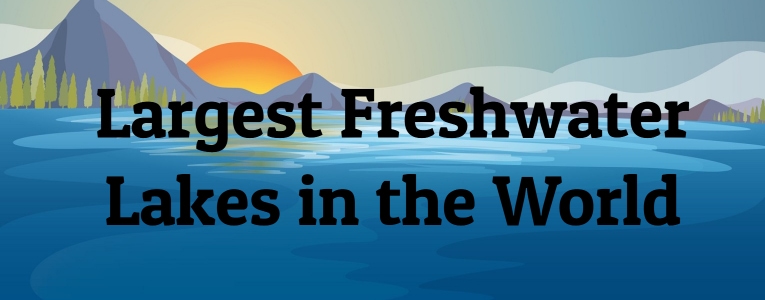Lakes are an indispensable part of Earth’s ecosystems, providing an environment for all kinds of fauna and flora to live in. Their gorgeous scenery makes them an extremely popular vacation attraction as well.
While plenty of freshwater lakes are small enough to ride a canoe or paddle boat across, some can grow large enough to compete with some seas! Today we’ll be looking at the 10 largest freshwater lakes in the world as ranked by their surface area and learning some fun and interesting facts about each one.
-
Lake Erie
Maximum Depth: 210 ft
Continent: North America
Unique Wildlife: Lake Erie water snake
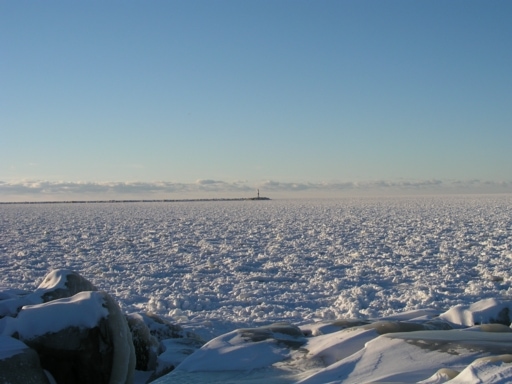 Source: wikimedia.org
Source: wikimedia.org
Said to have been gouged out of the land by glacial ice over a million years ago, Lake Erie is the warmest of the Great Lakes. As a result of its warmth, Lake Erie is also extremely biologically productive, harboring many different types of wildlife in and around its three basins.
Did You Know?
In addition to being the warmest, Lake Erie is also the shallowest and fourth-smallest of the Great Lakes in terms of area.
-
Great Slave Lake
Maximum Depth: 2,014 ft
Continent: North America
Unique Wildlife: The cisco Coregonus googelii
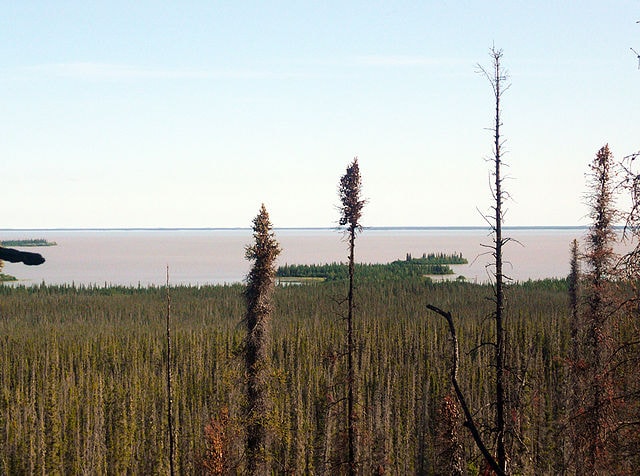 Source: wikimedia.org
Source: wikimedia.org
Alongside being one of the deepest lakes in North America, the Great Slave Lake is named after the local natives and features a number of notably large bays in its coastline. It is also the second-largest lake in the Canadian Northwest Territories. One notable feature is the Dettah ice road, the only ice road on the lake, which connects Dettah to Yellowknife.
Did You Know?
Coregonus googelii, or the “googly-eyed cisco,” was discovered as a new species in the Great Slave Lake in 2009.
-
Lake Malawi
Maximum Depth: 2,316 ft
Continent: Africa
Unique Wildlife: Nile Crocodile
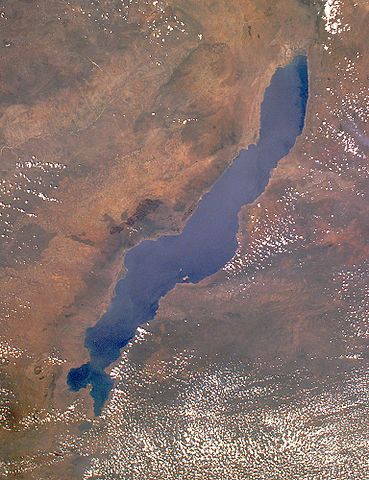 Source: wikimedia.org
Source: wikimedia.org
Taking up an entire fifth of Malawi’s area, Lake Malawi is the southernmost lake of the Eastern Rift Valley system. During the months of May through August, a southeasterly wind known as the mwera makes the lake waters distinctly more turbulent. Lake Malawi is also kept active and fresh by 14 different perennial rivers.
Did You Know?
Lake Malawi is vigilantly protected, and nearly all human activity is kept to the southern half of the lake while the northern half remains nearly untouched.
-
Great Bear Lake
Maximum Depth: 1,463 ft
Continent: North America
Unique Wildlife: Arctic char
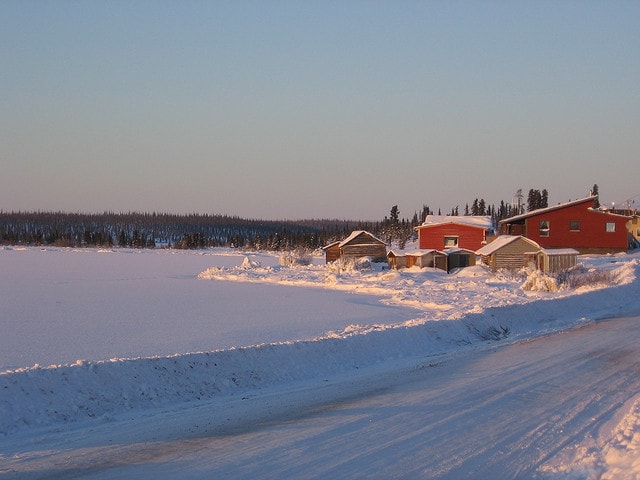 Source: wikimedia.org
Source: wikimedia.org
The Great Bear Lake is the largest lake entirely contained within Canadian borders, but boasts the fewest wildlife inhabitants of all large Canadian lakes due to its nutrient-poor surroundings. The human population is even lower, with the Deline settlement on the western lakeshore being the main settlement alongside three hunting and fishing lodges.
Did You Know?
The Great Bear Lake was discovered by Northwest Company traders, who named it according to the high number of bears that frequented its shores.
-
Lake Baikal
Maximum Depth: 5,387 ft
Continent: Eurasia
Unique Wildlife: Freshwater seals
 Source: wikimedia.org
Source: wikimedia.org
This astoundingly beautiful Siberian lake hosts so many thriving varieties of fauna and flora that it’s been deemed the “Galapagos of Russia”. Around two-thirds of Lake Baikal’s plant and animal species cannot be found anywhere else on Earth. Lake Baikal is also the clearest and oldest freshwater lake in the world and flows into over 330 different rivers and streams.
Did You Know?
Lake Baikal contains right around 20% of the planet’s fresh water, which is more than the water of all the Great Lakes combined!
-
Lake Tanganyika
Maximum Depth: 4,823 ft
Continent: Africa
Unique Wildlife: Jellyfish
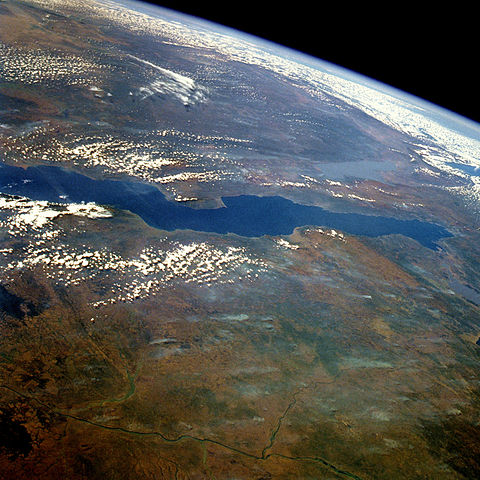 Source: wikimedia.org
Source: wikimedia.org
The second oldest freshwater lake in the world, Lake Tanganyika is the longest freshwater lake on Earth, stretching for around 410 miles. Lake Tanganyika is so deep that its ecosystem behaves more like that of an ocean, hosting creatures like jellyfish, snails, and sponges that look astoundingly similar to their oceanic counterparts. Additionally, 300 species of the fish that live there are unique to the area.
Did You Know?
Part of the lake’s waters actually connect with the Atlantic Ocean by flowing through the Lukuga River.
-
Lake Michigan
Maximum Depth: 922 ft
Continent: North America
Unique Wildlife: Gray Wolf
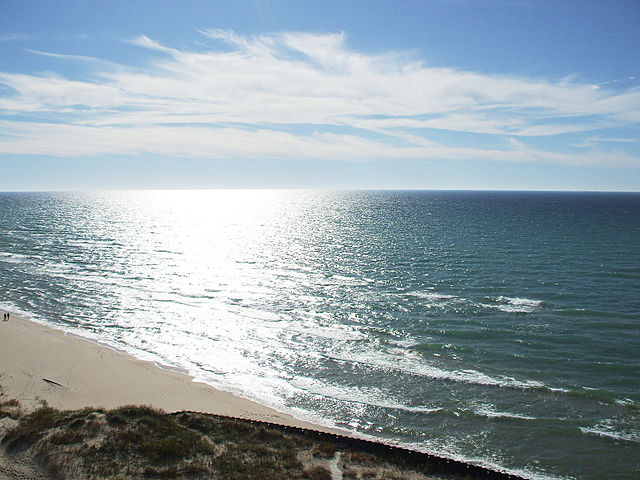 Source: wikimedia.org
Source: wikimedia.org
The shores of Lake Michigan are home to approximately 12 million people and feature major port cities such as Milwaukee, Wisconsin and Chicago, Illinois. Lake Michigan is the largest body of freshwater entirely contained within US borders, and it connects with Lake Huron through the Straits of Mackinac.
Did You Know?
The first Europeans to come across Lake Michigan were French explorers and traders, including Samuel de Champlain who called it the “Grand Lac”.
-
Lake Huron
Maximum Depth: 751 ft
Continent: North America
Unique Wildlife: Canada Lynx
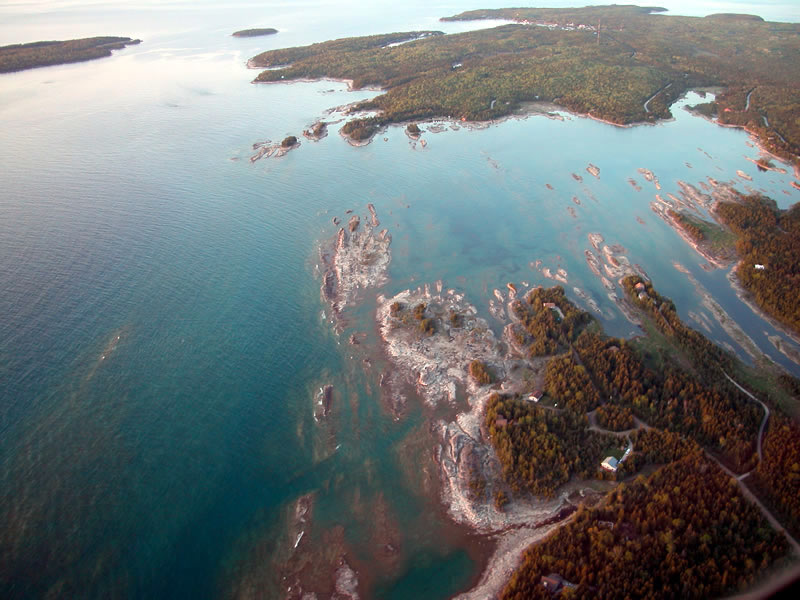 Source: wikimedia.org
Source: wikimedia.org
Like the other Great Lakes, Lake Huron was formed by melting icebergs at the end of the last Ice Age. It now sports approximately 30,000 islands, with Manitoulin Island being the most prominent and well-known. This was the first of the Great Lakes to be discovered by the same European explorers who mapped Lake Michigan. These Frenchmen named Lake Huron after the Huron people who were native to the region.
Did You Know?
Over 1,100 shipwrecks in Lake Huron have been recorded.
-
Lake Victoria
Maximum Depth: 272 ft
Continent: Africa
Unique Wildlife: The cichlid Haplochromis nyererei
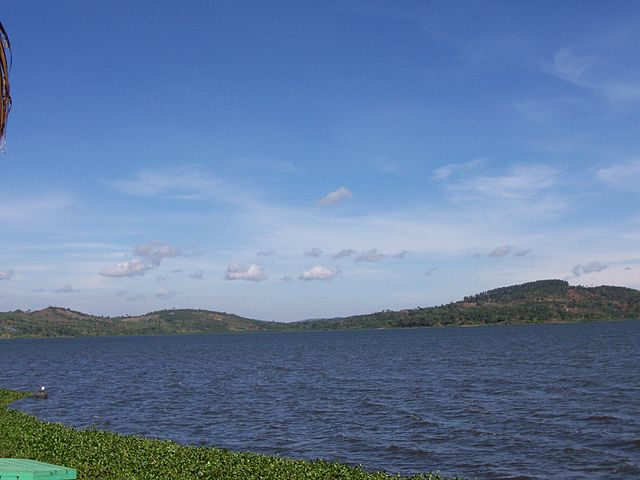 Source: wikimedia.org
Source: wikimedia.org
The largest tropical lake in Africa and the world, Lake Victoria rests mainly in Uganda and Tanzania, with a stretch of Kenyan border as well. It is located right in the depression between the Eastern and Western Rift Valleys, and contains numerous archipelagos. Its area is about the same as that of the entire country of Ireland!
Did You Know?
Unfortunately, the numerous settlements around Lake Victoria cause a great deal of pollution by dumping waste into the lakewater.
-
Lake Superior
Maximum Depth: 1,332 ft
Continent: North America
Unique Wildlife: Beavers
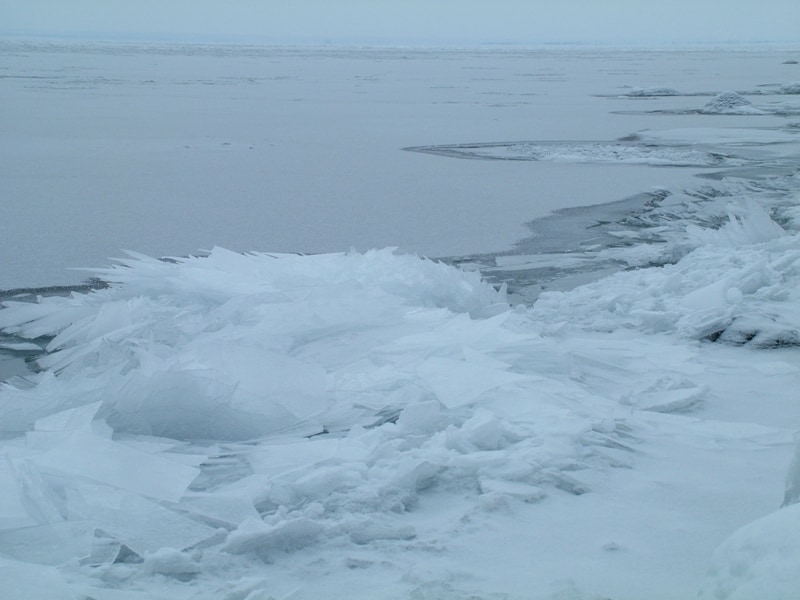 Source: wikimedia.org
Source: wikimedia.org
Lake Superior is the largest freshwater lake in the world by surface area. It is fed by 300 different streams and rivers, the largest of which is Ontario’s Nipigon River, and is said to be the clearest and cleanest of the Great Lakes. Lake Superior is also the deepest Great Lake and is known for its treacherous waters, with “northeaster” storms accounting for many of its shipwrecks.
Did You Know?
The beaches of Lake Superior are known for having a large amount of agate, with tourists frequently coming to enjoy the scenery while searching for agate stones.
